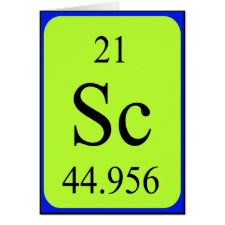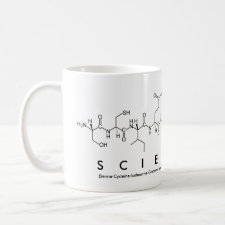Authors: Fu NJ, Liu X, Hui XY, Fu N, Tang BK
Article Title: Specific recognition of polyphenols by molecularly imprinted polymers based on a ternary deep eutectic solvent.
Publication date: 2017
Journal: Journal of Chromatography A
DOI: 10.1016/j.chroma.2017.11.011
Alternative URL: https://www.sciencedirect.com/science/article/pii/S0021967317316448
Abstract: Typically, a target compound is selected as a template for a molecularly imprinted polymer (MIP); however, some target compounds are not suitable as templates because of their poor solubility. Using the tailoring properties of a deep eutectic solvent (DES), the insoluble target compound caffeic acid was transformed into a ternary choline chloride-caffeic acid-ethylene glycol (ChCl-CA-EG) DES, which was then employed as a template to prepare MIPs. The ternary DES-based MIPs were characterized by Fourier transform infrared spectroscopy, elemental analysis, scanning electron microscopy, and atomic force microscopy. The effects of time, temperature, ionic strength, and pH on the recognition processes for four polyphenols (caffeic acid, protocatechuic acid, catechin, and epicatechin) by 13 ChCl-CA-EG ternary DES-based MIPs was investigated using high-performance liquid chromatography. The recognition specificity of the MIPs for CA was significantly better than that for the other polyphenols, and the MIPs exhibited obvious characteristics of chromatographic packing materials. In addition, the recognition processes mainly followed a second-order kinetics model and the Freundlich isotherm model, which together indicated that the MIPs mainly recognized the polyphenols by chemical interactions including ion exchange, electron exchange, and new bond formation. Furthermore, the specific recognition ability of the MIPs for polyphenols, which was better than those of C18, C8, or non-molecularly imprinted polymer adsorbents, was successfully applied to the recognition of polyphenols in a Radix asteris sample. The transformation of an insoluble target compound in a polymeric DES for MIP preparation and recognition is a novel and feasible strategy suitable for use in further MIP research developments
Author keywords: deep eutectic solvent, Molecularly imprinted polymer, Specific Recognition, Kinetic, isotherm



Join the Society for Molecular Imprinting

New items RSS feed
Sign-up for e-mail updates:
Choose between receiving an occasional newsletter or more frequent e-mail alerts.
Click here to go to the sign-up page.
Is your name elemental or peptidic? Enter your name and find out by clicking either of the buttons below!
Other products you may like:
 MIPdatabase
MIPdatabase









